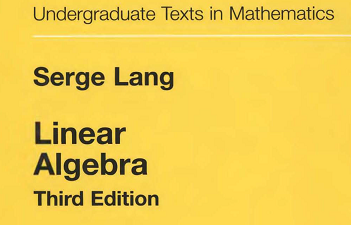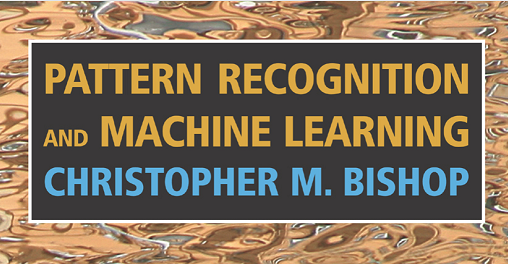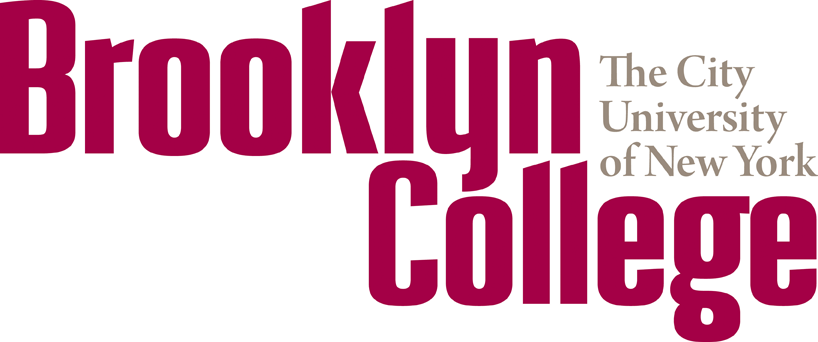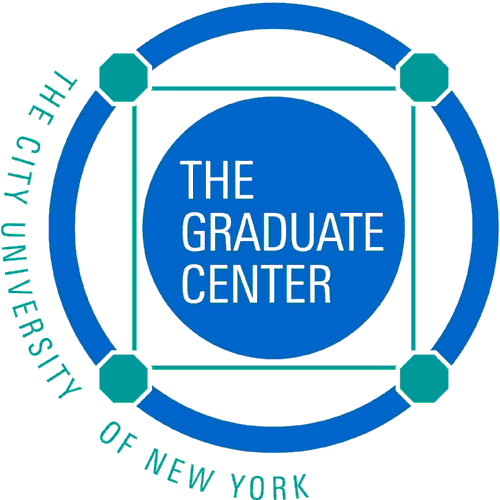Comp Sci 84030- Psych 87100 - Computational Neuroscience
Theodore Raphan and Andrew Delamater
Room 5383 - Graduate Center
Spring 2017
Office: TBD
Office Hours: TBD
1. E-mail related to this course should be sent only to:
2. E-mail sent to any other address will be lost and you will
not receive a response.
IMPORTANT ADMINISTRATIVE INFORMATION
1. Establish a DropBox Account and Link it to my address.
This way, when you place assignments in your Dropbox folder , I will be able to see them.
NOTEWORTHY DATES:
COURSE DESCRIPTION
This
course
will introduce students to the mathematical models,
computational methods, and experimental basis for learning
processes in biological systems (animals and humans) and
how modeling these systems has impacted computational
algorithms. The topics that will be covered in this course
will include elements of statistical decision theory,
adaptive control, machine learning approaches to pattern
classification, and neural nets, and will provide a formal
structure for solving problems in behavioral,
physiological and representation-mediated behavior.
 Serge Lang Linear Algebra - Third Edition |
 Christopher M. Bishop Pattern Recognition & Machine Learning |
There will be a Midterm and Final and Homework Problems
The weighting will be Determined and you will be informed.
SYLLABUS
| Week |
Book Sections | Topic |
Exercises/Readings |
| 1 |
Lang- I Sec 1 and 2 |
Introduction and Review of Linear Algebra |
Exercises for Vector Spaces and Matrices Given in lecture Notes |
| 2 |
Lang |
Definition of Norm, inner product
andMetric Space |
Exercises for Inner product, Norm Given in lecture Notes |
| 3 |
Bishop- Chapter 1 and 2 |
Review of Probability and Statistics
and Bayesian Methods in Identifying Pattern Classes |
Exercises on Curve Fitting and using
least Squares and Bayesian |
| 4 |
Notes-Lecture 4 |
Classifying Patterns based on
Discriminant Functions and Closeness, Supervised and
Unsupervised Learning, Trainable Classifiers (Neural
Nets), Perceptron Algoritm |
Do Homework Assignments shown in
Lecture 4 Notes. Go over Lecture 4 in Notes |
| 5 |
Read Papers Located in Notes |
Associative Learning Phenomena and Principles |
Nasser & Delamater, 2016 Rescorla, 1968 Williams, 1999 |
| 6 |
Read Papers Located in Notes |
Rescorla-Wagner Model and
Applications |
Blough, 1975 Delamater, 2016 Rescorla and Wagner, 1972 |
| 7 |
Read Papers Located in Notes |
Extension of 2-Layer Network to
Exposure Effects |
McLaren, Mackintosh, 2000 |
| 8 |
Study |
Midterm |
Will Cover lectures 1-7 |
| 9 |
|||
| 10 |
|||
| 11 |
|||
| 12 |
|||
| 13 |
|||
| 14 |
|||
| 15 |
Final |
COURSE POLICIES Student Conduct
Any acts of disruption that go beyond the normal rights of
students to question and discuss with instructors the
educational process relative to subject content will not be
tolerated, in accordance with the Academic Code of Conduct
described in the Student Handbook
Cellular telephones, pagers, CD players, radios, and similar devices are prohibited in the classroom. Calculators and computers are prohibited during examinations, unless specified.
Examination Policy
A midterm and final examination will be given in class. Please schedule your other activities in advance. No make-up exams will be allowed without prior arrangements being made.
To prepare for examinations, read the chapters, go over the
notes you take in class, and do the assignments. 100 % of
the questions are taken directly from the reading material
and what is covered in class.
Students will not be given an incomplete grade in the course without sound reason and documented evidence. In any case, for a student to receive an incomplete, he or she must be passing and must have completed a significant portion of the course.
Academic Integrity Policy
Students are expected to uphold the school’s standard of conduct relating to academic honesty. Students assume full responsibility for the content and integrity of the academic work they submit. The guiding principle of academic integrity shall be that a student's submitted work, examinations, reports, and projects must be that of the student's own work. Students shall be guilty of violating the college’s policy if they:
- Represent the work of others as their own.
- Use or obtain unauthorized assistance in any academic work.
- Give unauthorized assistance to other students.
- Modify, without instructor approval, an examination, paper, record, or report for the purpose of obtaining additional credit.
- Misrepresent the content of submitted work.
Any student violating the colleges academic integrity policy is subject to receive a failing grade for the course and will be reported to the Office of Student Affairs. If a student is unclear about whether a particular situation may constitute violation, the student should meet with the instructor to discuss the situation.
For this class, it is permissible to assist classmates in
general discussions of computing techniques. General advice
and interaction are encouraged. Each person, however, must
develop his or her own solutions to the assigned projects,
assignments, and tasks. In other words, students may not
"work together" on graded assignments. Such collaboration
constitutes cheating. A student may not use or copy (by any
means) another's work (or portions of it) and represent it
as his/her own. If you need help on an assignment, contact
your instructor, not other classmates
In compliance with the Americans with Disabilities Act
(ADA), all qualified students enrolled in this course are
entitled to “reasonable accommodations.” Please notify the
instructor during the first week of class of any
accommodations needed for the course
- COME TO CLASS
- Take good notes.
- Ask questions.
- Do the assignments on time.
Students should prepare to spend at least 3 hours weekly on this material. If you do not have enough time, do not take the course!
- Contact me if you are confused or fall behind, for whatever reason. Come to my office hours or email me.
- I get MANY email messages every day, so please keep your message short and to the point. If your message is too long , I probably will not read it.
- Note that email messages where the sender's name seems fake (e.g., "Mickey Mouse") or the subject is blank or undecipherable, may be automatically filtered out in attempt to eliminate spam and other offensive messages.
- If I haven't replied to you, please be patient. Sending me multiple copies of the same message (or multiple messages that say the same thing) only clogs my inbox, which takes me longer to get to your message.
- PLEASE SIGN YOUR EMAIL and mail it to:
mailto:raphan-3310@sci.brooklyn.cuny.edu
This will insure that you are in the class and should be responded to. If you mail to any other address, it will probably not be answered as the system will assume it is SPAM.

